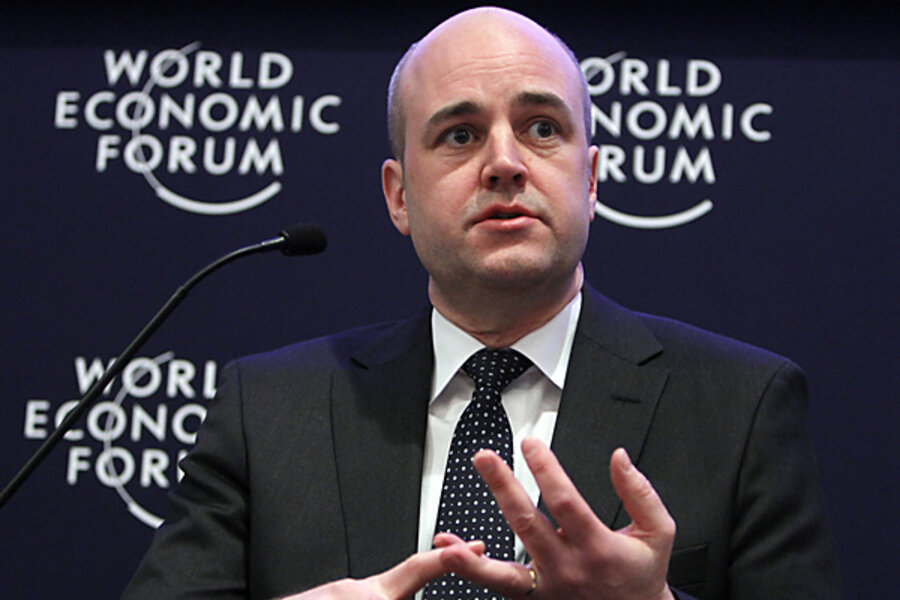Swedish boom isn't due to monetary policy
Loading...
Scott Sumner claims that Sweden's relative economic success is due to its monetary policy.
First of all, it is odd for someone that thinks that nominal GDP (NGDP) targeting to view Sweden's experience as a success. NGDP fell in Sweden between the third quarter of 2008 and the third quarter of 2009 by 4.7%, more than the 2.6% drop in the United States during the same time.
While Sweden avoided deflation at that time, the drop in real output was larger.
By contrast, between the third quarters of 2009 and 2010, NGDP growth at 8.1% in Sweden was much higher than what Sumner usually favors, while U.S. nominal GDP growth at 4.5% is much closer to what Sumner favors.
With NGDP falling much more during the recession than the supposedly failed U.S. policy while growing much more now, Swedish monetary policy has deviated much more both on the downside and the upside from Sumner's supposed "stablize NGDP growth" rule.
But aside from the fact that to the extent that Sweden has been successful, it contradicts Sumner's monetary policy rule, there is little reason to believe that Sweden's relative success in the form of a stronger recovery than most other countries is due to monetary policy.
If monetary policy was behind the recovery, we would have expected a particularly strong recovery in the cyclical manufacturing sector. But while Sweden, did have a higher than average growth in industrial production at 11.5% during the third quarter, it was lower than in many other EU countries including Estonia, Latvia, Poland and Slovakia.
The reason why Swedish growth was the highest in the EU was instead mainly because growth in the more labor intensive service sector was highest. That in turn was the result of the supply-side marginal tax rate and unemployment and sick leave benefits reduction implemented by the Swedish centre-right government. It is these policies, along with good growth in neighboring countries, that has caused the high growth rate during the latest year.
BTW, I see that Sumner in a later post partly acknowledge the role of good non-monetary policies, but claims that the good non-monetary policies was only possible because of NGDP targeting. But that is false for several reasons, including the aforementioned fact that NGDP has been more unstable in Sweden than elsewhere and that even when NGDP fell the most, the Swedish government continued its supply boosting strategy.
Add/view comments on this post.
------------------------------
The Christian Science Monitor has assembled a diverse group of the best economy-related bloggers out there. Our guest bloggers are not employed or directed by the Monitor and the views expressed are the bloggers' own, as is responsibility for the content of their blogs. To contact us about a blogger, click here. To add or view a comment on a guest blog, please go to the blogger's own site by clicking on the link above.





